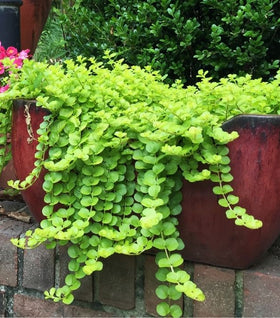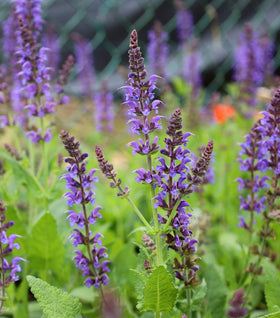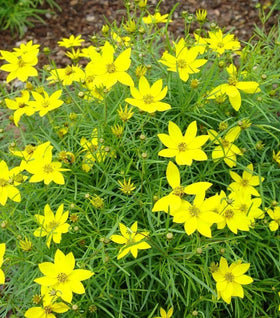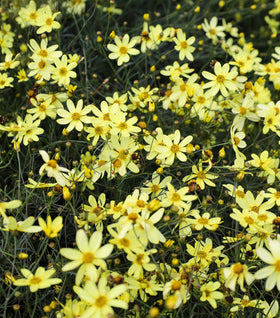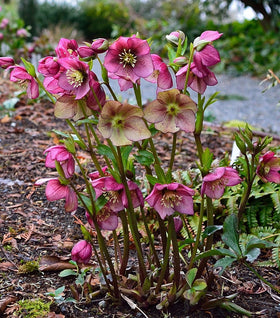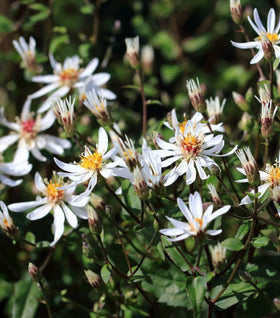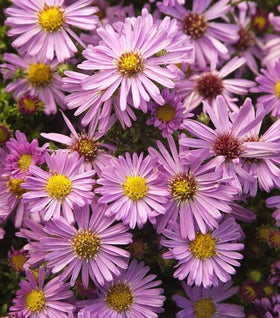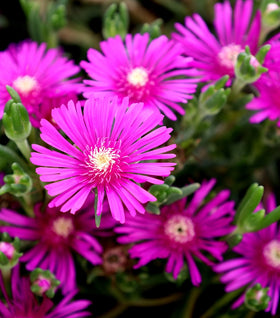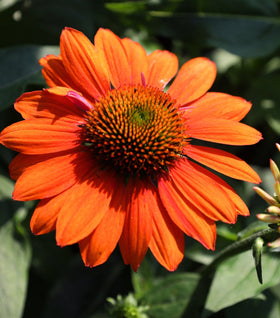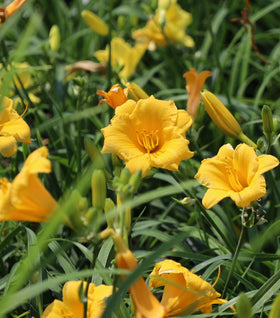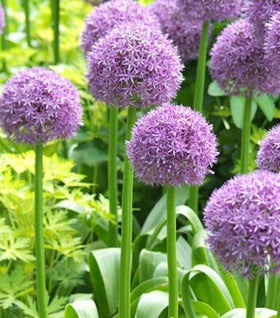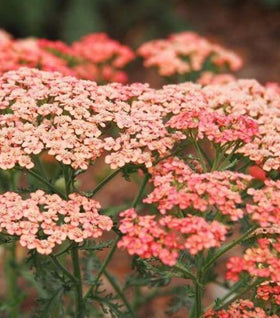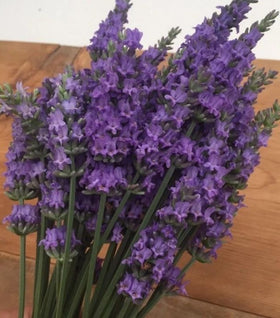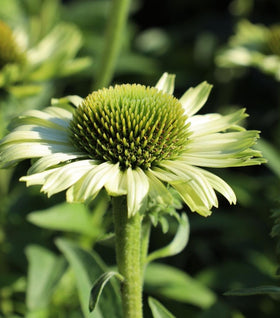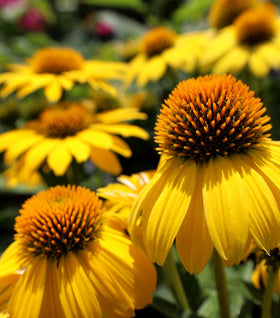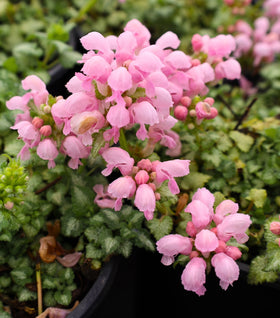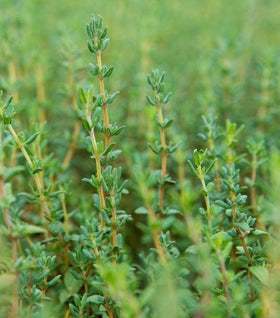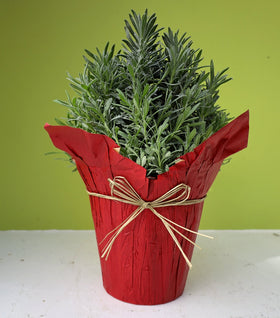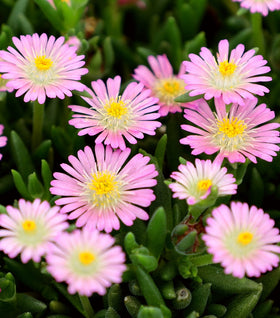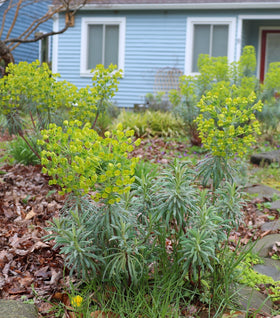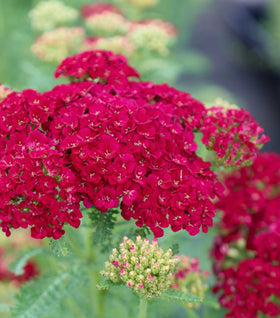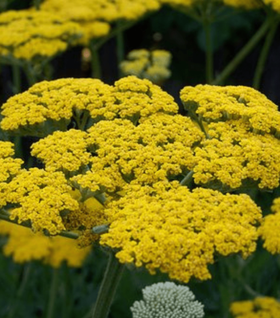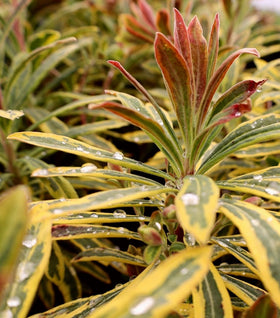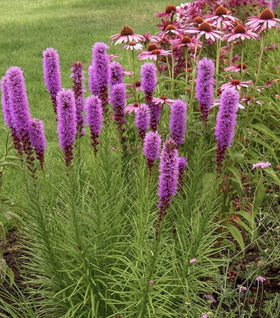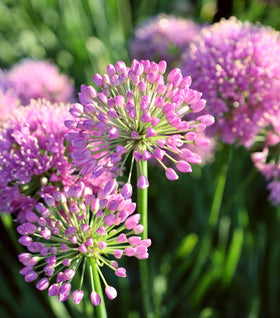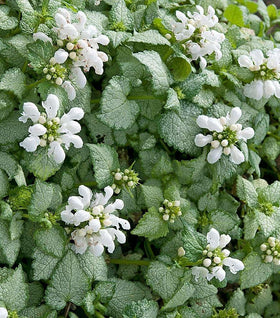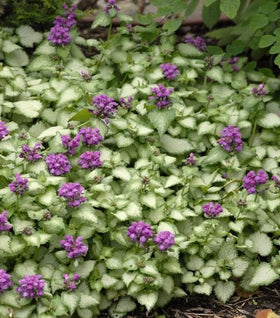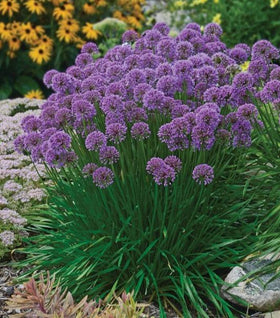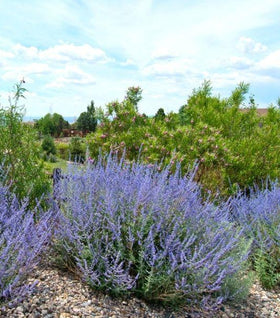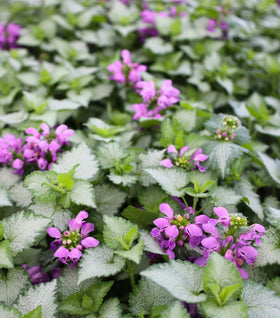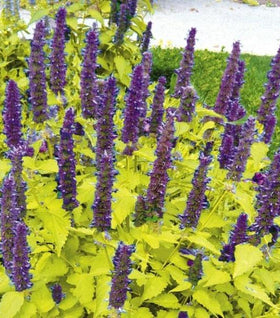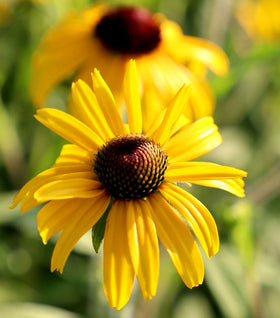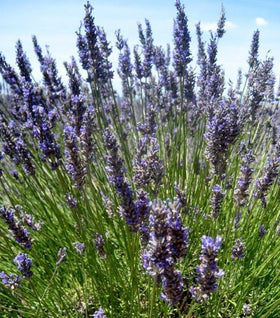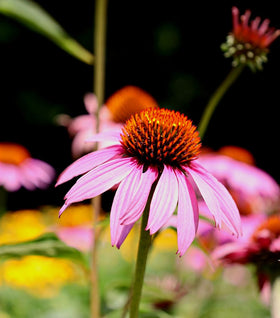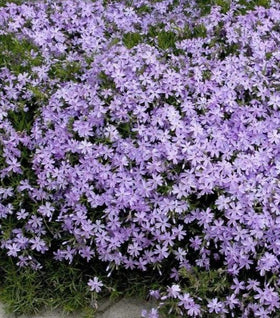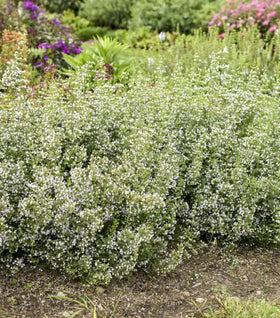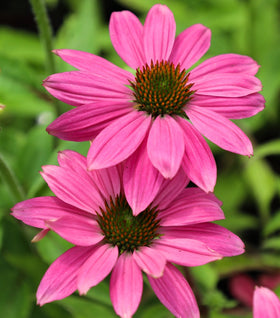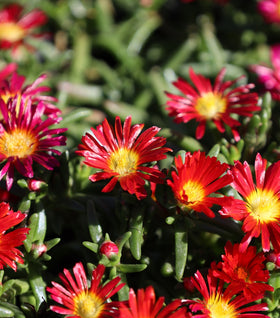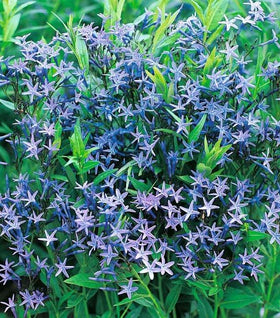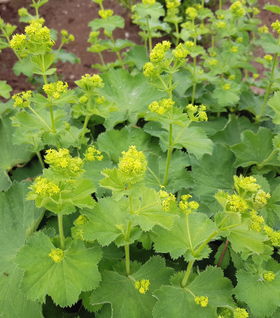Drought Tolerant Perennials for Sale Online
No matter where you live in our Country, conserving water is essential to choosing perennials for your landscape. Water is a precious resource in most areas of the country, and when selecting plants for your landscape and garden, it's essential to know the water requirements of each plant.
Drought tolerant or drought resistant doesn't necessarily have to be based on mother nature. While drought is usually thought of as a lack of rain, drought can also result from our busy lifestyles. Perhaps you travel a lot and rarely have time to hand water your garden. Maybe you live in an area where your local government provides water, and water can be expensive in these areas.
Our selection of drought-tolerant perennial plants are great options for a water-wise garden, xeriscapes, or anywhere where hand watering is not a consistent option.
Landscaping with Drought Tolerant Perennials
Drought tolerant perennials come in all types, from ground covers and ornamental grasses to flowering perennials. Drought-resistant plants available can be grown in full sun, partial shade, and full shade across all hardiness zones. Many available plants are native plants that have evolved in various regions of the United States, making them easy to grow in any dry soil garden.
The term drought tolerant plant does imply that the plant is well suited for dry, arid regions of the country. However, these plants also grow in areas with ample spring and fall rainfall, but dry spells can be expected in the summer months. This is the case for us in Maryland, for example. We like the drought-resistant plants because it means in the summer months, it is rarely required for us to provide supplemental watering to our landscapes.
Drought, of lack of available groundwater, can also be caused by planting under large trees, which tend to absorb all the available groundwater leaving very little for the shrubs and perennials growing underneath.
One of our favorite drought-loving plants is the Black-eyed Susan, which coincidentally is our state flower. This colorful flowering perennial seems to get better as the weather becomes drier.
Most drought-resistant plants are also good options for attracting pollinators to your garden. Achilleas, Coneflowers, and sedums are all beautiful additions not only to the dry areas of the garden but will also attract pollinators.
If you frequently travel for work or pleasure, adding these perennials to your landscape means you'll have less to worry about when you're out of town. Passing showers are more often than not enough for these plants to remain in their best condition.
What makes a perennial drought tolerant?
There are many reasons that a plant can be able to withstand long periods of drought. As mentioned before, many drought tolerant plants are native to the United States and have evolved over the years to their environments. Adaptation plays a big part in whether a plant can survive the often inhospitable climates that we see throughout different regions of the country. Here are three types of adaptations that perennials have developed over the years.
Desiccation Tolerance: If something is desiccated, it is completely dried out. Plants with this type of tolerance have developed the ability to survive periods of drought by undergoing anhydrobiosis. Anhydrobosis is a scientific term that describes the plants' ability to cease all metabolic activity resulting from low cellular water content.
In basic terms, the plants go into what can be compared to a state of suspended animation. Ferns, for example, can become dry and turn brown and disappear during the hot, dry summer months only to reappear in the fall when soil moisture levels rise again due to rains.
Drought Avoidance: Many plants employ this strategy to survive drought, even to the point of thriving in the dry arid regions of the desert southwest. To avoid becoming completely dehydrated in the heat and dry weather, these plants keep the stomata in their leaves closed during the day to reduce moisture loss. At night these plants open their stomata to collect carbon dioxide so that they can complete photosynthesis during the daylight hours.
Another form of drought avoidance is known as Early Leaf Drop. Some plants will drop up to 50% of their leaves to reduce transpiration and conserve resources such as water and nutrients. This is also seen with plants that curl their leaves during the heat of the day to make the surface area of the leaves smaller; therefore, they lose less moisture and stay cooler.
Drought Tolerance: This is the most common and straightforward form of drought resistance. Many plants in this category can collect, store or save water. Plants in this group are just simply better at surviving drought conditions. This is where most of the xeriscape plants fall.
Sedums are an example of plants that employ this tactic. Sedums can store massive amounts of water in their thick, fleshy leaves. This is why they are excellent options for dry, sunny areas that receive full sun daily.
Another example is thread-leaved coreopsis plants. They have developed small thread-like leaves with minimal surface area to lose moisture.
One of our favorite drought tolerant plants is the Stachys Plant or Lambs ear. If you've ever wondered why the leaves of Stachys are covered in hair. This hair acts as a shade structure keeping the stomata cool and protecting the leaves from moisture loss.
What is Xeriscaping?
Xeriscaping is A relatively new principle of landscape design. It was developed in the desert southwest and other dry regions of the western United States. Simply put, Xeriscaping is the practice of designing landscapes to reduce or eliminate the need for supplemental irrigation. This means xeriscaped landscapes need little or no water beyond what the natural climate provides.
Although tailored to the drier regions, Xeriscaping principles can be embraced and employed in any part of our country. Many of the drought tolerant plants available today grow naturally in these drier regions, making them perfect for xeriscapes.
This concept is more relevant in today's economic environment than ever before. Municipal water supplies are dwindling; for those that pay for water, the price is skyrocketing, and let's face it, we don't have as much time as we once did to spend watering. Supporters of Xeriscaping say it can reduce water use by 50 or 75 percent. This saves water, money, and time.
Local municipalities are also beginning to understand the overall benefits of Xeriscaping. For instance, in Novato, California, residents were offered incentives through reductions in their water bills to convert from traditional lawns to Xeriscaping. The city water department estimated that the houses that chose to xeriscape saved 120 gallons of water daily. Many other municipalities around the country are also working on plans to add these types of incentives to their customers.
Creating a drought tolerant landscape using perennials.
Perennial plants are the workhorses of the landscape, and they can be flowering plants, foliage plants, and even groundcovers. Drought tolerant perennials will add splashes of color to the landscape without the added labor.
Adding groundcover plants to the garden allows the soil to retain more moisture, which benefits shrubs and trees by keeping the ground consistently moist and lowering the soil temperature, creating a more hospitable environment for the root system.
Drought tolerant perennials are also a good starting point for beginners. Because they rely less on supplemental water to survive, even beginners can get these plants to thrive in their gardens. After the initial planting, watering the newly planted perennials is still important, just as you would any other plant. This allows the new plant to develop a root system to help it survive periods of drought or neglect.
The whole concept of landscaping with drought tolerant plants is to place plants with similar requirements together. You wouldn't want to put a water-loving plant in with your drought-tolerant plants, as this defeats the purpose of using xeriscape plants.
You don't have to embrace this concept as a whole in your landscape. You can create beds or plantings of dry-soil-loving plants in certain areas of the yard and create other beds that will require frequent watering. Another trick often employed is to create xeriscape plants in areas of the yard that are not easily accessed by the hose. Once established, these plantings will not require you to drag the hose across the yard every couple of days to water.
Drought tolerant plants come in many shapes and sizes and should be mixed for the best possible effect. There are Drought Tolerant Shrubs as well as Drought Tolerant Trees. And as in any well-planned landscape, these should all be planted together.
A well-planned landscape includes all three of these types of plants. Trees give vertical height, which draws the eye. Shrubs should be planted under trees and can be used to cover the bare trunks of larger trees, giving the garden a fuller appearance and helping to keep soil moisture levels consistent under trees. Then the final layer is the perennials and groundcovers, which tie the whole drought-tolerant landscape together and add splashes of color when little else is flowering.
Mulching is also an essential part of Xeriscaping. Mulch not only keeps weeds from growing but also helps keep soil moisture levels at a consistent level and keep soil temperatures lower. Any regionally sourced mulch will work from pine needles to shredded hardwood and everything in between.
Whether you're looking for perennials, groundcovers, or ornamental grasses, we have the drought-tolerant plants for you. Our customer service staff is ready to answer all of your questions before you buy drought-tolerant plants. Just send us a message and we'll be more than happy to help you with your decision.
For easy-to-grow perennials that will add color to your garden with little to no maintenance, choose drought-tolerant plants from Garden Goods Direct!

